Rivers & Streams Are Wetlands
Rivers and streams are often not considered to be wetlands because most or a large part of their surface area does not usually contain vegetation, an important criterion for many definitions of wetlands. The words “stream” and “river” can also cause confusion to the general public because the difference between the terms is not obvious. Both terms refer to water bodies flowing across the earth’s surface, the former with shallow channels and narrow banks, whereas the latter are considerably larger. The Ramsar Convention on Wetlands considers streams and rivers within the same wetland category as they are part of a flow continuum. Aquatic animals also use both rivers and streams and migrate seasonally between various floodplain wetlands and river channels.
Rivers and streams can be further divided distinct wetland sub-types based on permanent or seasonal flow. Many streams in both the rainforest and drier areas of the Amazon Basin have intermittent flow, the cause of which can be seasonality in rainfall or discharge levels from springs or a combination of both. In the arid areas of the Andes above about 3,000 m many riverbeds can become completely dry or nearly so during the largely non-rainy months. Large-scale deforestation in areas such as the southern Amazon Basin of Brazil also leads to desiccation of small streams that otherwise would have at least some flow under the shade of forest.
Rivers and streams can also be divided by their chemistry, with transparency and water color used as the main proxies for the division. Whitewater rivers and streams arise in the Andes where high precipitation and erosion render their waters turbid and with relatively high levels of sediments and nutrients. Rivers and streams that transport minimal sediment loads can be divided into clearwater and blackwater types, though in some areas there are transitions between the two which can make their classification more problematic. Clearwater streams and rivers are found throughout the Amazon Basin under natural conditions. In the Andes most rivers and streams above about 1,000 m run relatively clear at least during a few months of the year when rainfall is insufficient to cause major erosion in their drainages. Most streams in the lowland rainforest have relatively clear waters. The largest clearwater rivers in the Amazon basin drain the Brazilian and Guiana shields, which are ancient and highly eroded areas north and south of the eastern Amazon River. Blackwater streams and rivers can arise in the Andes, on the Brazilian and Guiana shields, and in the lowlands. They are relatively rare in the Andes but do occur in areas draining peatlands or highly sandy soil basins. Their greatest extent is in the sandy soil basins of the lowlands with headwaters on the Brazilian and Guiana shields, the Negro River being the largest.
The lower reaches of many rivers in the central and eastern Amazon have the appearance of lake-like water bodies, formations that are referred to as rias or drowned mouth-lakes. The mouth-lakes are formed in geologic faults that were excavated by fluvial processes when ocean levels were lower during the Ice Ages and currents ran faster.
Cataracts and waterfalls might also be classified as wetland sub-types of rivers. The Brazilian and Guiana Shield rivers have numerous cataracts and waterfalls. Perhaps the most spectacular rapids were those of the Madeira River in Rondônia, but these are now completely inundated by the two recent large dams constructed there. Small waterfalls are common in the humid areas of the eastern slopes of the Andes, and some can fall spectacularly several hundred meters.
-
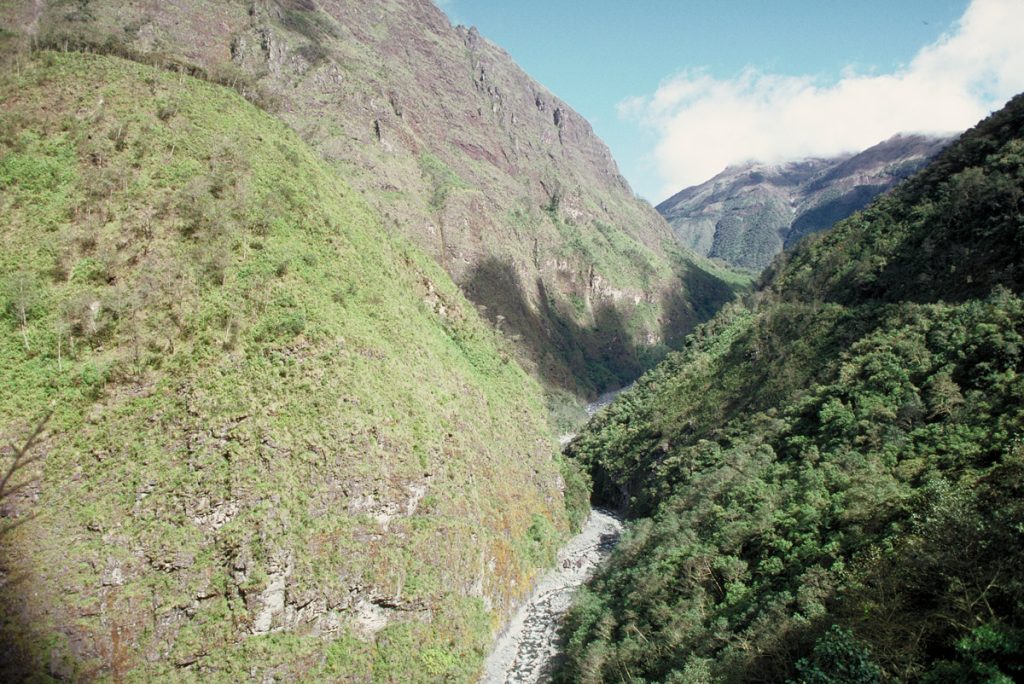
Ríos y arroyos 1
At higher and drier elevations in the Andes stream flow can be minimal and in many cases non existent during the driest months. Department – Country: La Paz – Bolivia Main Basin – Sub Basin: Madeira – Beni Elevation: 4737 Photographer: Michael Goulding
-
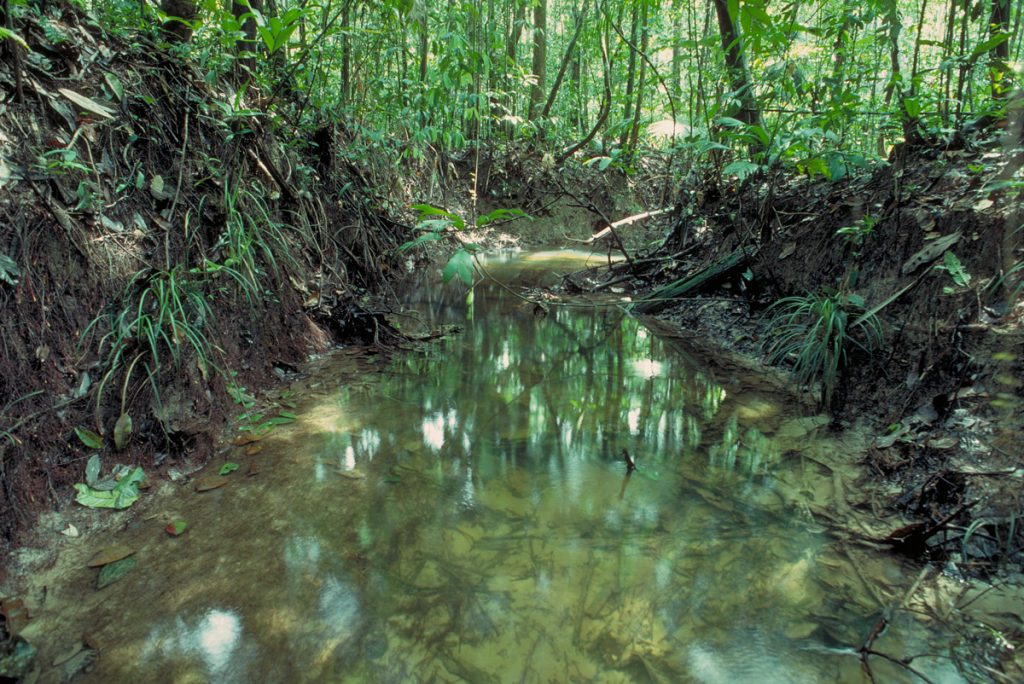
Ríos y arroyos 4
Rainforest stream in the Central Amazon with riparian forest that becomes flooded with heavy local rains. Department – Country: Brazil – Amazonas Main Basin – Sub Basin: Negro – Lower Negro Main Stem Photographer: Michael Goulding
-

Ríos y arroyos 5
Side channel of the Ucayali River. Department – Country: Loreto – Perú Main Basin – Sub Basin: Ucayali – Ucayali Main Stem Photographer: Walter Wust
-
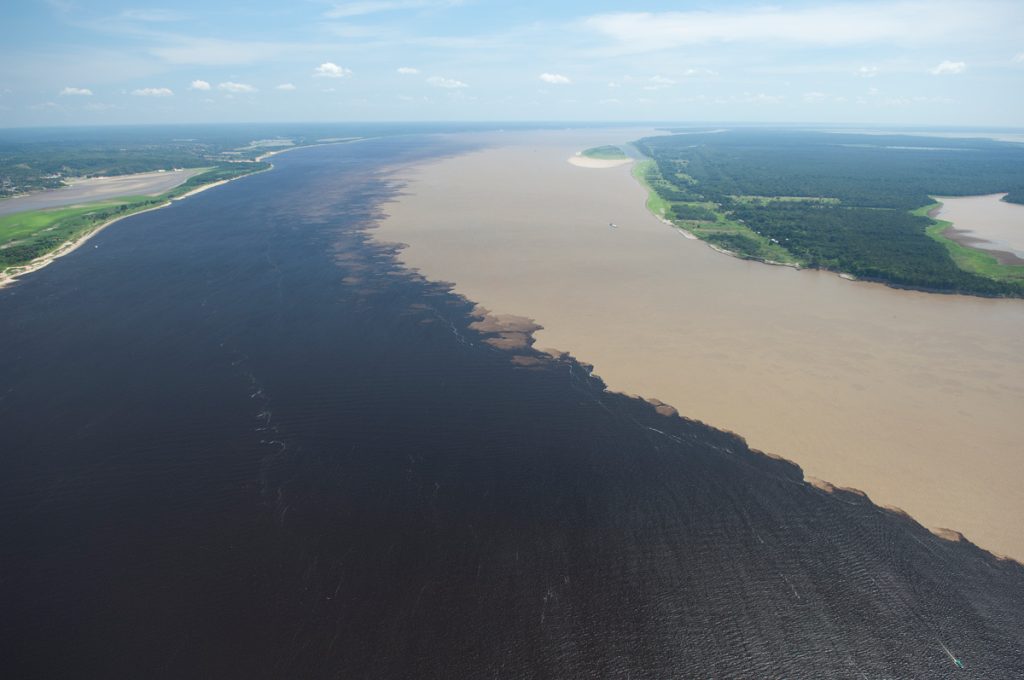
Ríos y arroyos 6
The meeting of the Amazon and Negro rivers shows the great contrast in river types in the lowlands. Department – Country: Amazonas – Brazil Main Basin – Sub Basin: Amazon Main Stem – Eastern Amazon Main Stem Photographer: Luiz Claudio Marigo
-
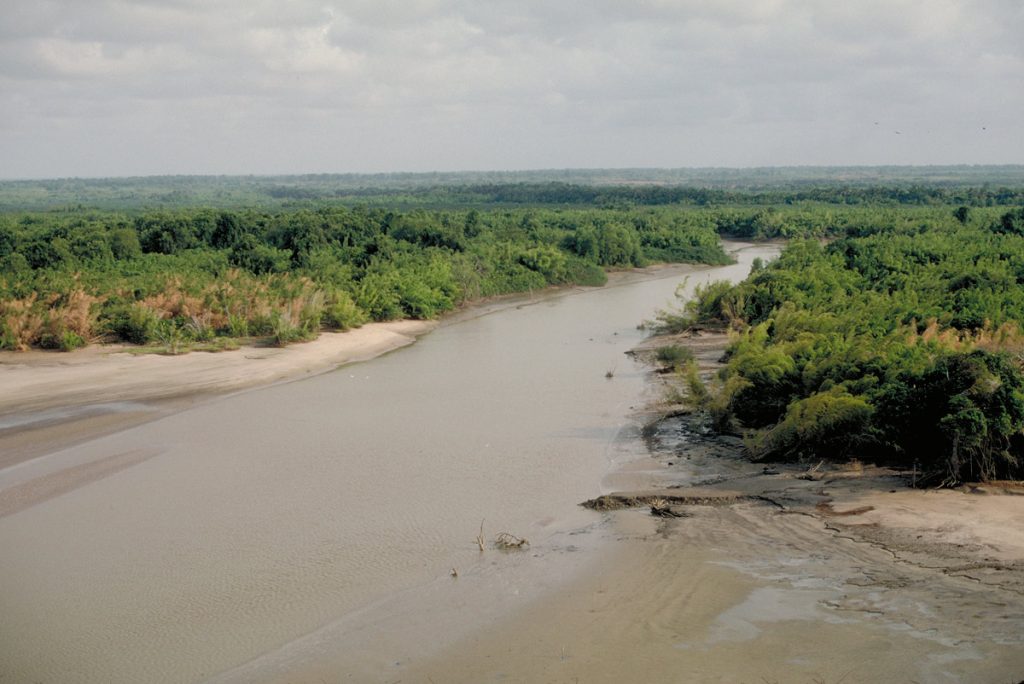
Ríos y arroyos 7
Estuarine small river with mangrove. Department – Country: Pará – Brazil Main Basin – Sub Basin: Estuary – South Amazon Estuary Elevation: 3 Photographer: Michael Goulding
-
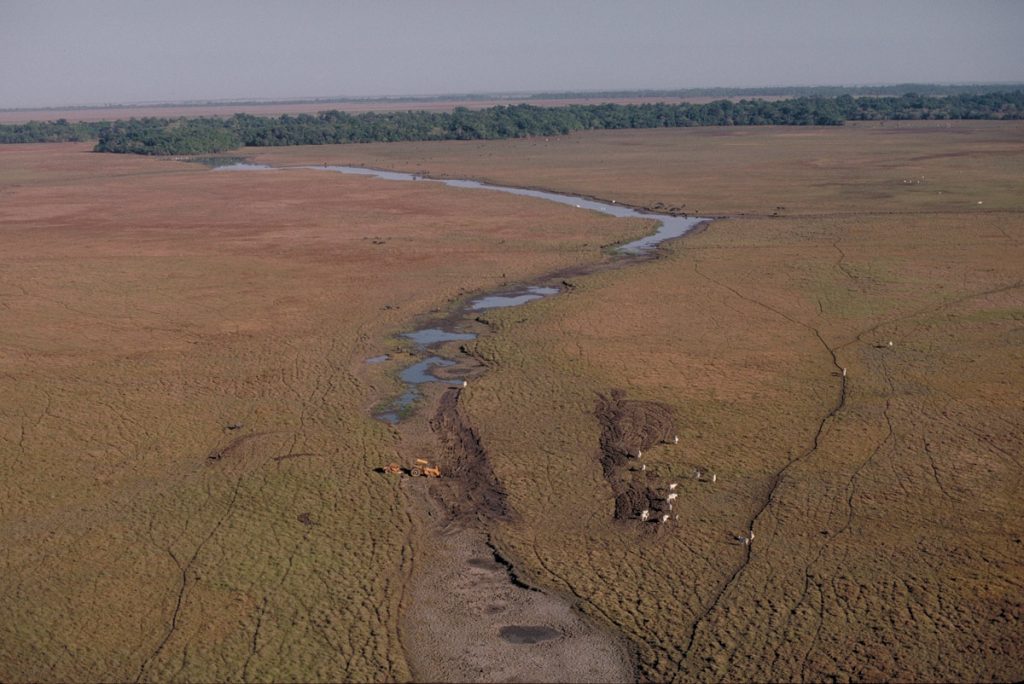
Ríos y arroyos 8
Deforestation and/or tree and shrub destruction by fire along riparian streams can lead to seasonal rather than permanent flow. Department – Country: Pará – Brazil Main Basin – Sub Basin: Estuary – South Amazon Estuary Elevation: 3 Photographer: Michael Goulding
-
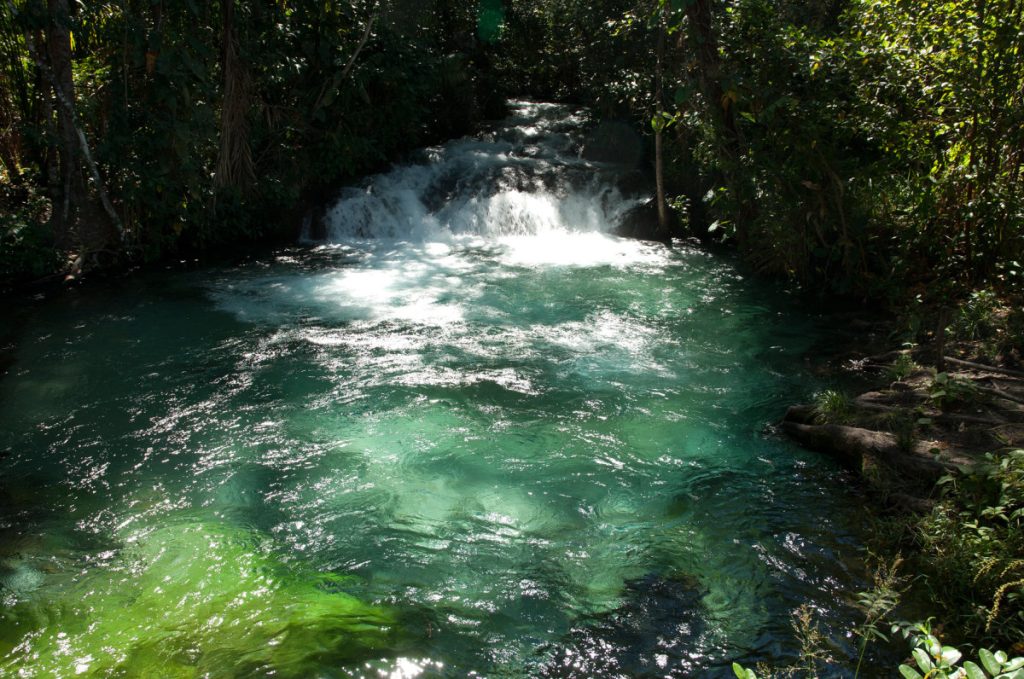
Ríos y arroyos 9
Crystalline stream of the Brazilian Shield. Department – Country: Tocantins – Brazil Main Basin – Sub Basin: Tocantins Photographer: Luiz Claudio Marigo
-
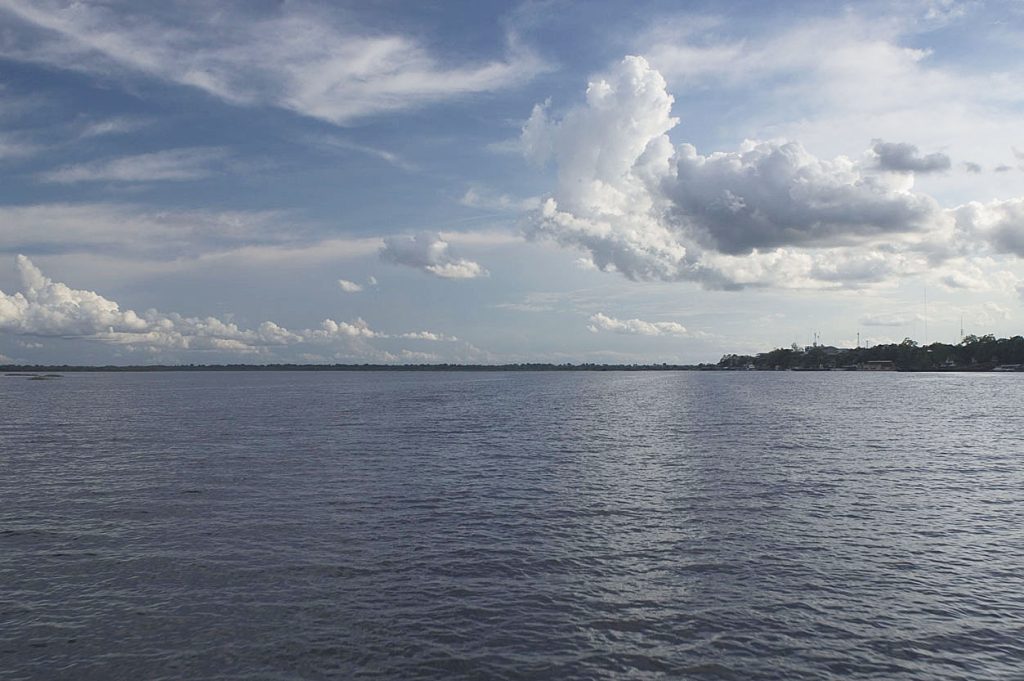
Ríos y arroyos 11
Amazon River (Amazonas) channel near Iquitos Peru. Department – Country: Loreto – Perú Main Basin – Sub Basin: Amazon Main Stem Minor Basins – Nanay Photographer: Walter Wust
-

Ríos y arroyos 12
Photographer: Michael Goulding
